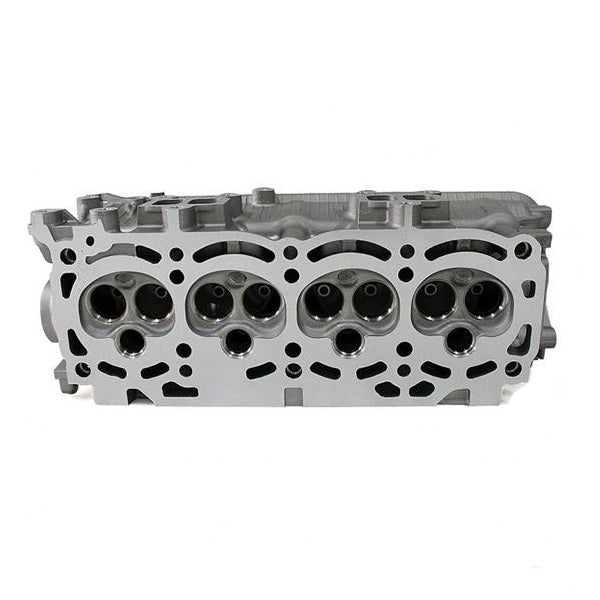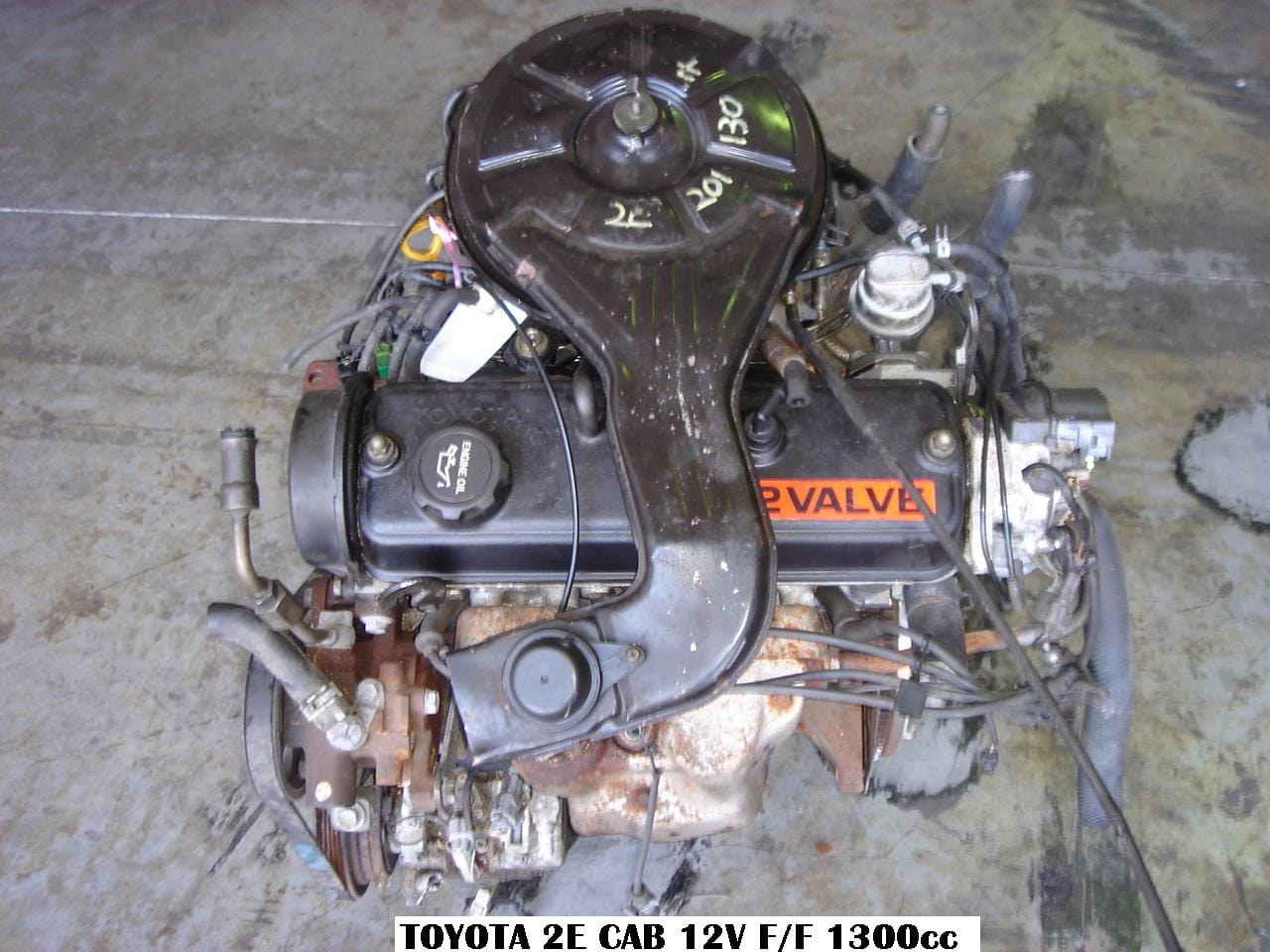Explore the Newest Patterns in Engine Modern Technology Via Tazz
In the rapidly developing landscape of vehicle modern technology, Tazz stands at the center, highlighting significant advancements in engine systems that prioritize both development and sustainability. tazz. From hybrid engines that enhance fuel effectiveness to the introduction of hydrogen gas cells, the patterns forming contemporary powertrains are not just improving efficiency however likewise attending to important ecological difficulties. As the market remains to push limits, it is vital to think about how these developments will affect future transport remedies and the more comprehensive ramifications for international power usage. What exists in advance in this crucial change?
Crossbreed Engine Innovations
Hybrid engine innovations stand for a critical shift in auto modern technology, integrating the advantages of interior combustion engines with electric propulsion systems. This integration not just improves fuel effectiveness yet likewise reduces exhausts, meeting increasingly rigid ecological regulations. By making use of both energy resources, hybrid engines can optimize efficiency, delivering power when needed while preserving fuel throughout less demanding motoring problems.
Recent improvements in hybrid innovation consist of improvements in battery effectiveness and regenerative stopping systems. These developments permit for greater power recuperation during deceleration, which can be rerouted to aid in acceleration or power accessory systems. In addition, producers are concentrating on light-weight materials and small layouts to make the most of the effectiveness of crossbreed powertrains.
The development of plug-in hybrids has likewise increased the marketplace, making it possible for drivers to charge their cars utilizing common electric outlets. This attribute usually enables significant all-electric range, further decreasing dependence on conventional fuels. tazz. As the automobile industry continues to advance, hybrid engine technologies are expected to play a crucial function in linking the void in between standard lorries and fully electric designs, providing a transitional solution that accommodates diverse customer requirements and preferences
Breakthroughs in Electric Powertrains
The vehicle landscape is quickly progressing, with electric powertrains emerging as a leading force in lasting transport. Breakthroughs in electrical automobile (EV) innovation are considerably enhancing user, performance, and performance experience. Trick advancements include renovations in battery chemistry, which have increased power density, lowered charging times, and expanded general battery life.
Solid-state batteries, as an example, guarantee to change the marketplace by supplying greater safety and security and efficiency contrasted to conventional lithium-ion cells. Developments in regenerative stopping systems are enabling automobiles to recover energy throughout slowdown, contributing to general performance.
In addition to battery modern technology, electrical motor designs are ending up being extra sophisticated. Advancements such as incorporated motors and advanced thermal administration systems are aiding to maximize power delivery and decrease weight, eventually boosting vehicle dynamics.

Collectively, these advances underscore the commitment to change in the direction of cleaner, extra reliable transport services, positioning electric powertrains at the forefront of automotive innovation.
The Surge of Hydrogen Gas Cells
Progressively, hydrogen fuel cells are gaining grip as a sensible choice to standard internal combustion engines and battery electrical automobiles. This innovation harnesses the chemical power kept in hydrogen, converting it into power with an electrochemical reaction with oxygen. The primary result of this procedure is water, making hydrogen fuel cells an ecologically pleasant option with absolutely no emissions at the tailpipe.

Automakers are progressively spending in hydrogen fuel cell technology, acknowledging its possibility redirected here for long-range applications and quick refueling capabilities that match traditional gas. In addition, fields such as heavy-duty transport and public transit are especially appropriate for hydrogen gas cells, where battery electrical options might drop short as a result of weight and array limitations.
As research and investment remain to expand, hydrogen fuel cells are poised to play a significant role in the future landscape of clean transport and energy services.
Enhancements in Internal Combustion Engines
Advancements in internal burning engine (ICE) modern technology are transforming traditional lorries to satisfy modern ecological requirements and performance assumptions. Direct gas shot, for instance, permits for much better atomization of gas, leading to even more complete burning and enhanced power result.
Furthermore, turbocharging has gotten prominence, permitting smaller engines to supply higher efficiency without the weight of larger engines - tazz. This modern technology not only boosts effectiveness but likewise contributes to reduce fuel usage. Variable shutoff timing systems are likewise being improved, allowing engines to adjust to different driving problems for improved torque and responsiveness
Additionally, making use of light-weight products in engine building click over here now is coming to be conventional, more enhancing gas performance by decreasing total vehicle weight. Engine control systems (ECUs) are significantly sophisticated, allowing real-time changes that optimize efficiency and exhausts.
These enhancements collectively symbolize a crucial shift in ICE innovation, straightening with international sustainability goals while still offering the Our site efficiency vehicle drivers get out of their cars. As the market advances, these improvements remain to form the future of standard vehicle engineering.
Future Patterns in Engine Performance
Substantial advancements in engine efficiency are expected as producers focus on incorporating cutting-edge innovations to satisfy rigid ecological guidelines and consumer demands. The shift in the direction of electrification, hybrid systems, and different gas is reshaping the automobile landscape, driving technologies that improve gas economy and lower discharges.
One of the essential patterns is the application of sophisticated materials and manufacturing techniques. High-strength alloys and light-weight compounds contribute to decreased car weight, thus improving total performance. In addition, the adoption of turbocharging and variable valve timing technologies enables boosted power outcome from smaller engines, further boosting gas economic climate.

Conclusion
In verdict, the exploration of engine modern technology reveals substantial developments that focus on sustainability and efficiency. Advancements in crossbreed engine systems, electric powertrains, and hydrogen gas cells demonstrate a dedication to reducing discharges while boosting performance. Moreover, improvements in interior burning engines and a concentrate on lightweight products add to overall engine effectiveness. As the automobile market proceeds to evolve, these patterns will certainly play a crucial role fit a cleaner and even more lasting future for transport.
From hybrid engines that enhance gas effectiveness to the appearance of hydrogen gas cells, the fads forming modern-day powertrains are not just boosting efficiency yet additionally addressing crucial environmental challenges.Hybrid engine innovations represent a pivotal shift in automotive technology, combining the advantages of inner burning engines with electrical propulsion systems.Furthermore, turbocharging has acquired prominence, allowing smaller sized engines to supply greater performance without the weight of larger engines. Additionally, the fostering of turbocharging and variable shutoff timing innovations enables for improved power result from smaller sized engines, additionally enhancing fuel economic situation.
Renovations in interior combustion engines and an emphasis on light-weight materials contribute to total engine effectiveness.